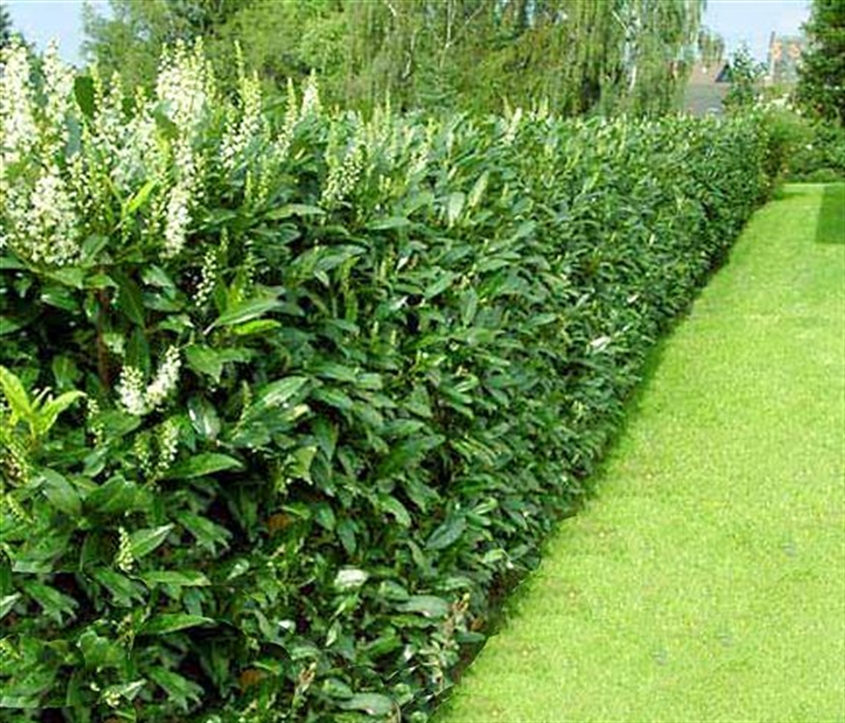
Prunus laurocerasus Caucasica 175 200 Pot C18L ** En pot se plante toute l'année * Central
Caucasica Laurel Cherry Laurel Caucasica is an extremely hardy evergreen laurel with dark green foliage. It's perfect for hedging and screening.Cherry Laurel Caucasica, botanical name Prunus Laurocerasus Caucasica, is an evergreen laurel with year-round deep rich colour.It's similar to its cousin the common laurel but it has darker green leaves that are elongated and a more vigorous.
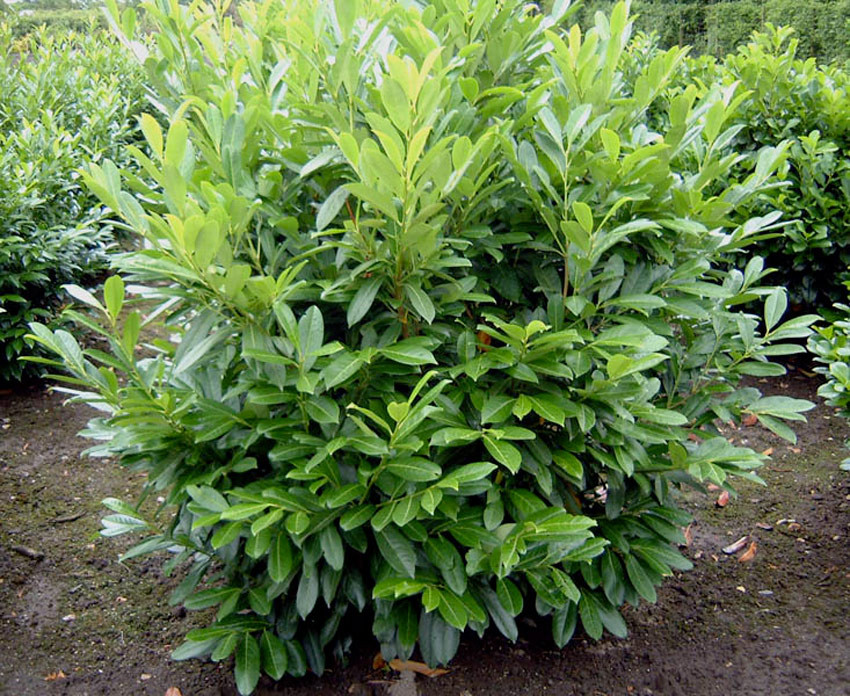
PRUNUS laurocerasus ´Caucasica´ Laubgehölze Kordes Jungpflanzen
Prunus laurocerasus Caucasica is a very tough version of Cherry Laurel that has darker leaves than its cousin Rotundifolia and is considered by many as hardier. This cherry laurel starts life as a fairly upright little shrub, but don't be fooled as at maturity it can spread as wide as it is tall.

Laurier palme du Caucase Vente Prunus laurocerasus 'Caucasica'
Cherry laurel plants ( Prunus laurocerasus) are attractive evergreen shrubs that produce dainty white flowers in the spring. They are part of the Prunus genus, which also includes plum, peach, and almond trees .

Prunus laurocerasus 'Caucasica' Laurier 'Caucasica'
From £1.44. Prunus laurocerasus ‰ۡÌÝÌáCaucasica‰ۡó» is relatively fast-growing with lush evergreen foliage that is very similar to the Common Cherry Laurel. About Laurel 'Caucasica' hedging The Laurel Caucasica is ideal for privacy screening as it stands out and maintains its lovely dark-green foliage colour all year-round. Caucas.
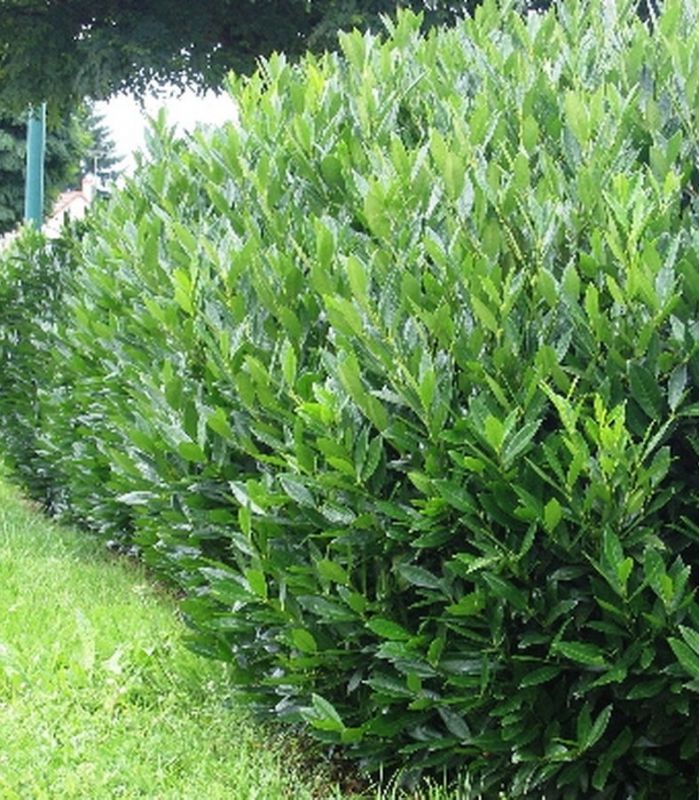
PRUNUS laurocerasus Caucasica / LAURIER DU CAUCASE
Stunning Rose & Freesia Bouquet Perfect for All Occasions. Send a bunch of flowers uk
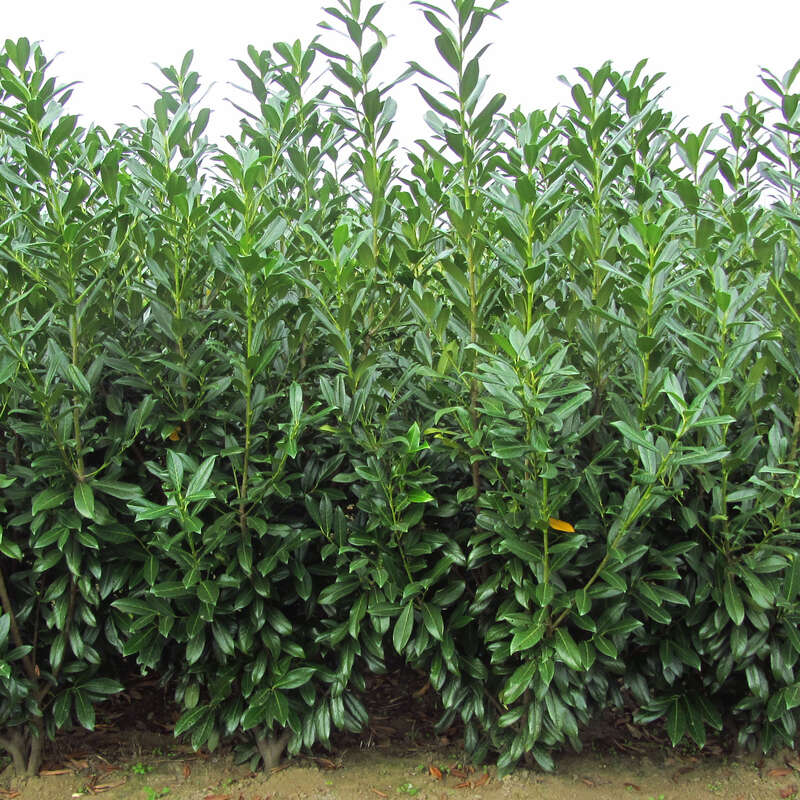
Kirschlorbeer Prunus laurocerasus 'Caucasica' weiß
Cherry laurel ( Prunus laurocerasus) is a versatile, robust and attractive ornamental hedging plant that's well suited to creating privacy screens and windbreaks, and can tolerate a wide range of growing conditions. Also known as common laurel or English laurel, cherry laurel is a perennial evergreen shrub belonging to the Rosaceae (rose) family.
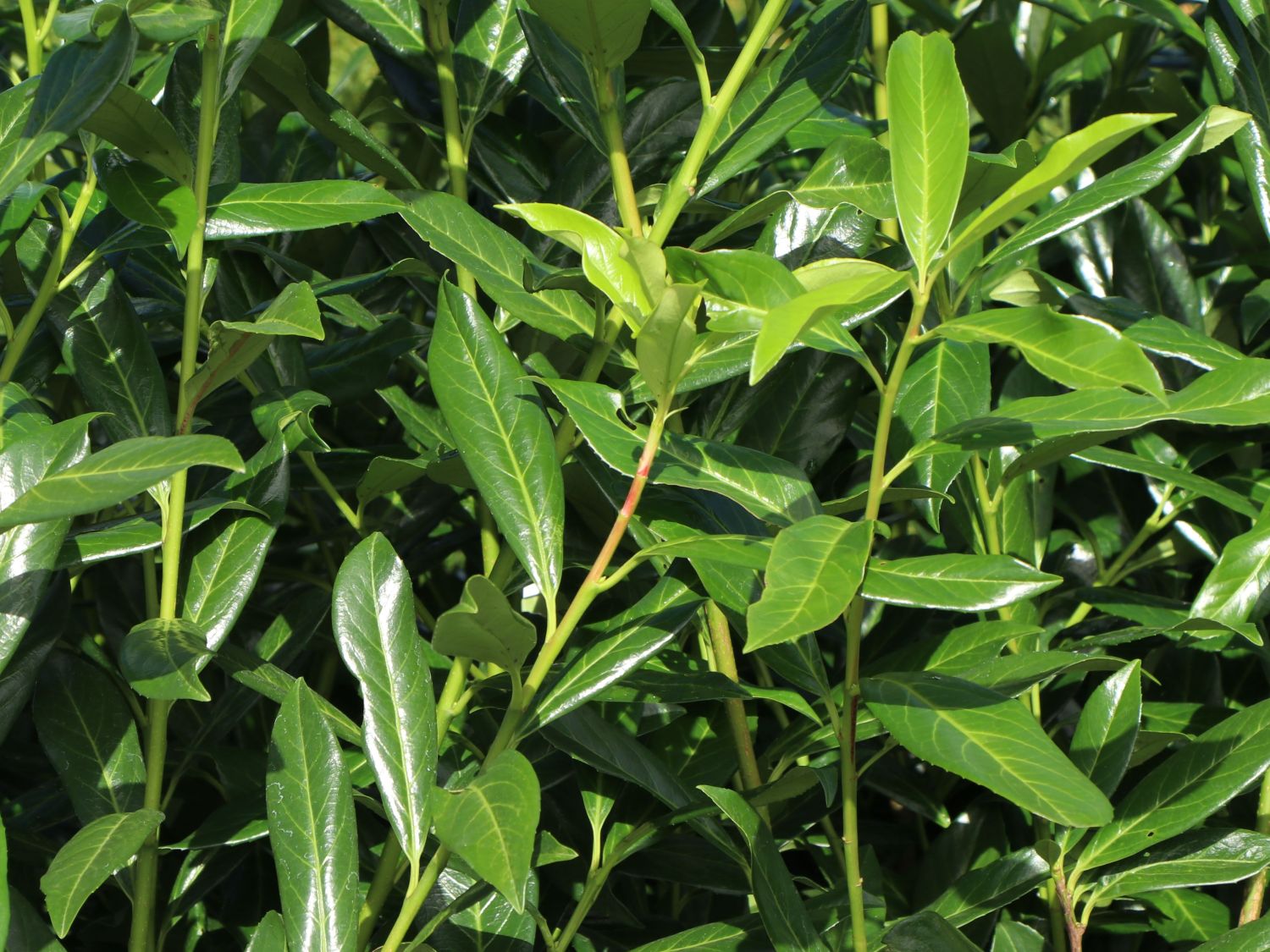
Kirschlorbeer / Lorbeerkirsche 'Caucasica' Prunus laurocerasus 'Caucasica' Baumschule Horstmann
Prunus laurocerasus Caucasica also adds great wildlife value to any garden. In spring, its fragrant, white flowers attract bees whilst the red berries that follow are tasty food for birds. See our Laurel Hedging Guide for more information. Laurel Hedge - Cherry Laurel 'Caucasica' Prunus laurocerasus 'Caucasica'
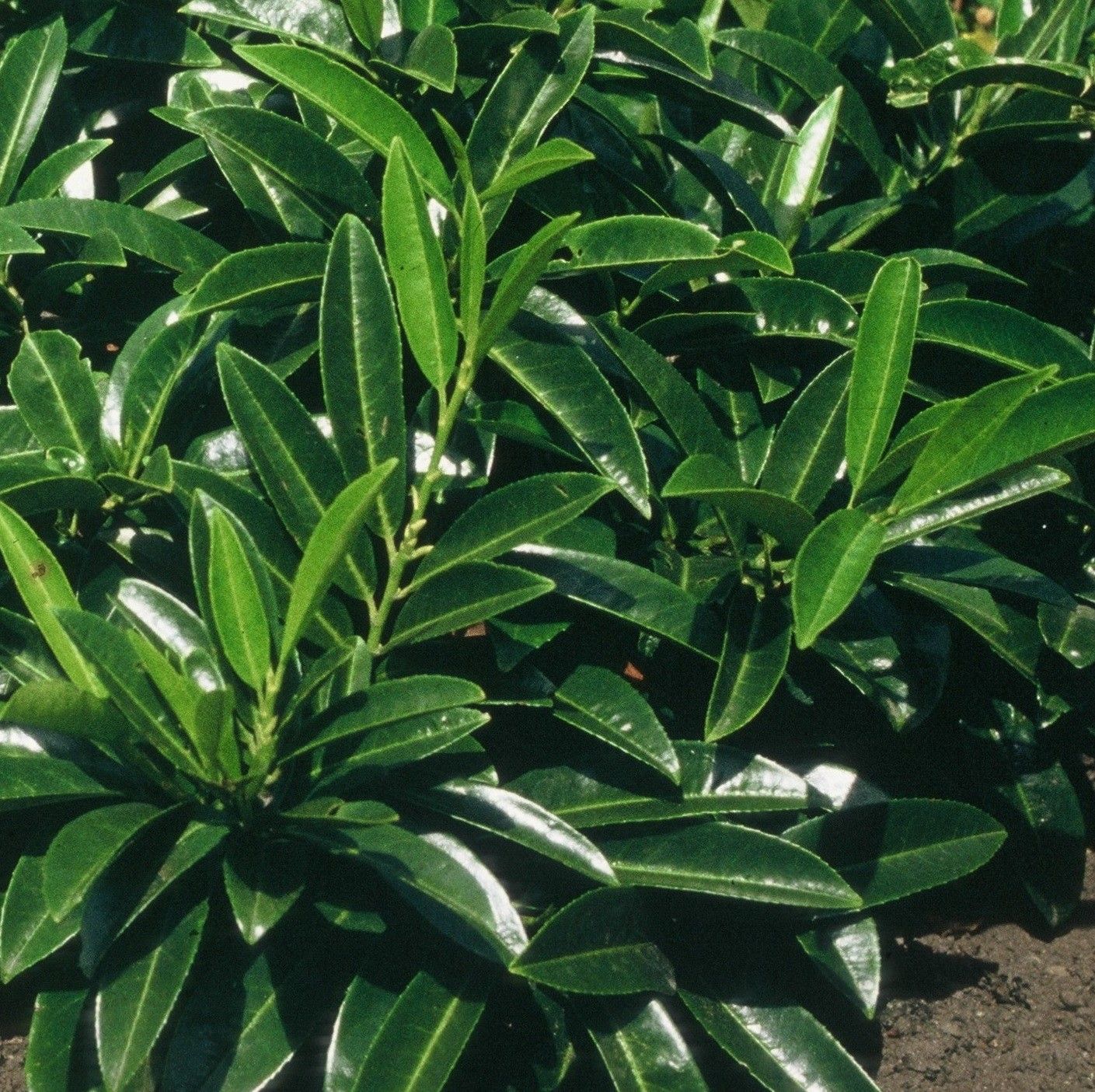
Bestel Prunus laurocerasus 'Caucasica' (Smalbladige laurier) voordelig bij Plantenweelde
Prunus laurocerasus 'Caucasica' hedging. From £8.99. View options & prices. Laurel 'Caucasica' hedge plants are one of the lesser-known members of the Laurel hedging species and offer very similar characteristics to the popular Common Laurel. This plant is extremely hardy and maintains a very deep green foliage colour throughout winter.
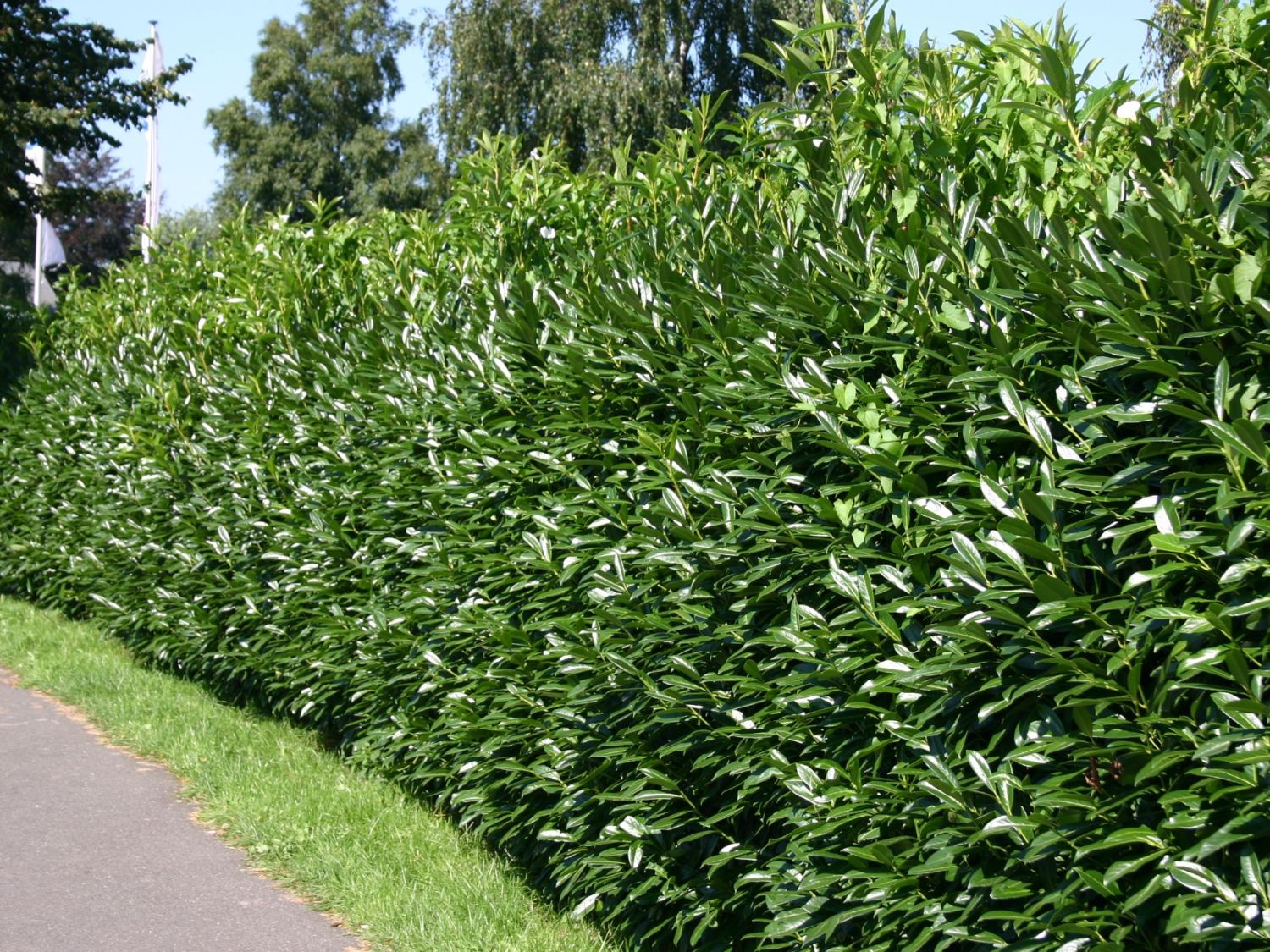
Kirschlorbeer / Lorbeerkirsche 'Caucasica' Prunus laurocerasus 'Caucasica' Baumschule Horstmann
Great for problem sites, Prunus laurocerasus Caucasica plants are particularly tolerant to pollution, deep shade and drought. Since Cherry laurel Caucasica can be quite wide and broad, it is most suitable for medium to large gardens. Supplied in approx. 10 litre containers at around 4ft.
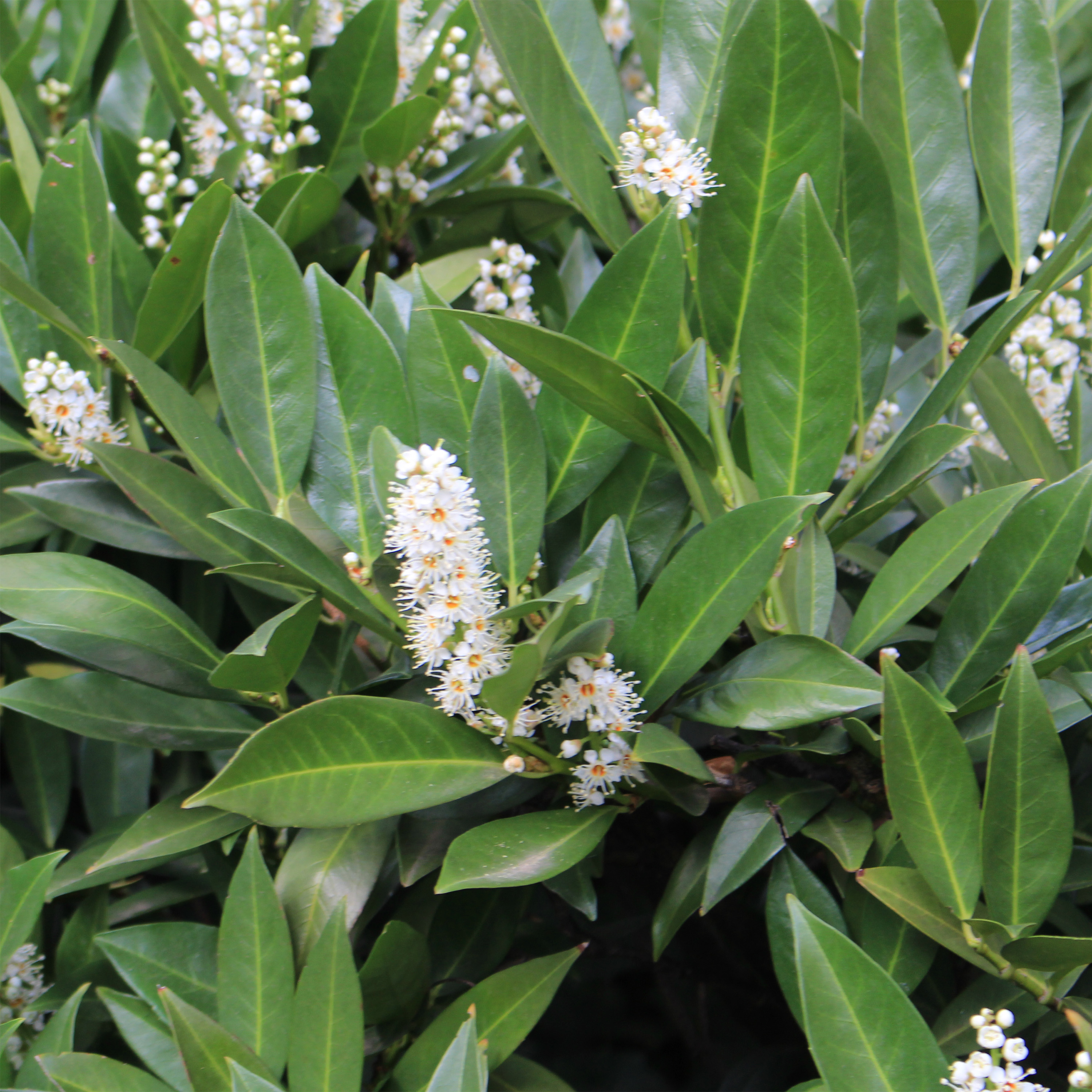
Laurier cerise Prunus laurocerasus Caucasica Laurier Palme pour haie
The right time to plant Prunus laurocerasus 'Caucasica' is during the dormancy period. In Western Europe, Prunus laurocerasus 'Caucasica' with root balls can generally be planted from mid-November to late April, although this depends strongly on the climatic conditions and the species of tree.
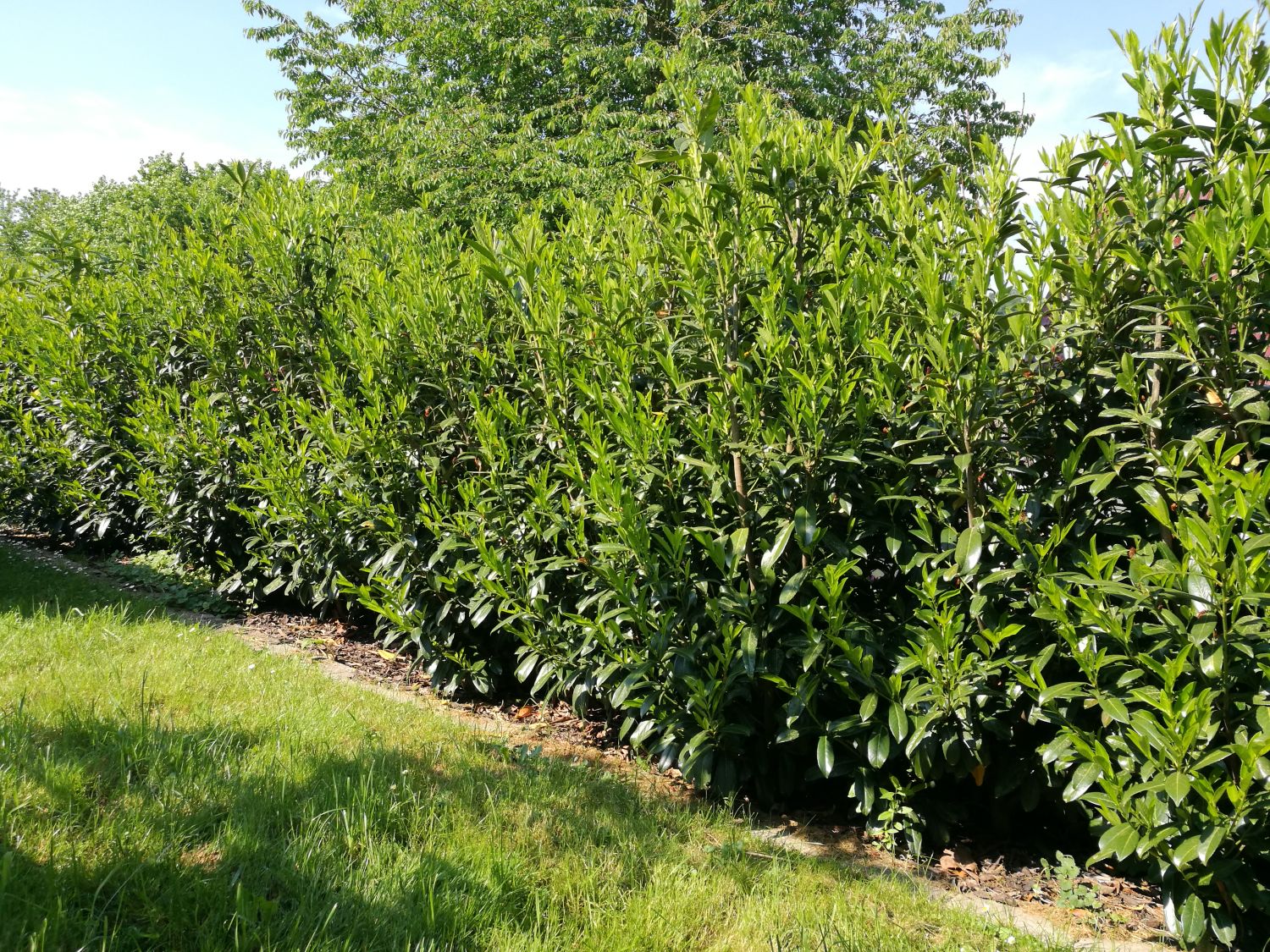
Kirschlorbeer / Lorbeerkirsche 'Caucasica' Prunus laurocerasus 'Caucasica' Baumschule Horstmann
Cherry laurel Caucasica plants are lesser known members of the cherry laurel species and have very similar characteristics to those of the popular Common laurel. The hedging plant has deep green foliage color throughout the winter season and is medium hardy. Visual barrier Quickly obscuring Pruning Twice a year Maintenance Low maintenance

Prunus laurocerasus Caucasica Vente Laurier palme du Caucase racines nues
Prunus laurocerasus, also known as cherry laurel, common laurel and sometimes English laurel in North America, is an evergreen species of cherry ( Prunus ), native to regions bordering the Black Sea in southwestern Asia and southeastern Europe, from Albania and Bulgaria east through Turkey to the Caucasus Mountains and northern Iran. [2] [3]

Laurier palme du Caucase Vente Prunus laurocerasus 'Caucasica'
Prunus laurocerasus caucasica has narrower and more elongated leaves of richest, deep dark green. This is a tough and fast growing hedge to give eye level privacy and structure without getting too wide or unmanageable. If you'd like more information about Laurel Caucasica Hedging just scroll to the bottom of the page. View all Rootball Hedging
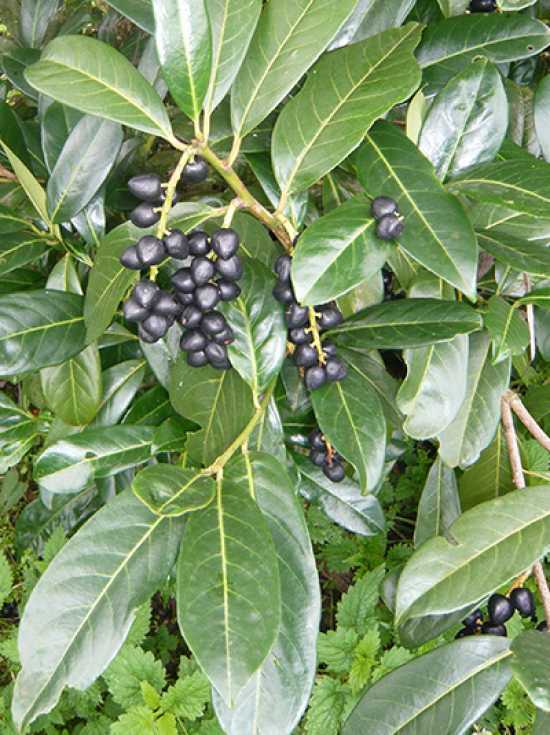
Prunus laurocerasus 'Caucasica' Hochstamm / Kirschlorbeer 'Caucasica'
Easy to grow in almost any situation Prunus laurocerasus 'Caucasica' is also very hardy. Grow Cherry Laurel plants in sun or shade, in any moderately fertile, reliably moist, well drained soil. Prior to planting, incorporate plenty of well rotted manure or garden compost into the soil. Plant Prunus shrubs at the same depth as they were planted.
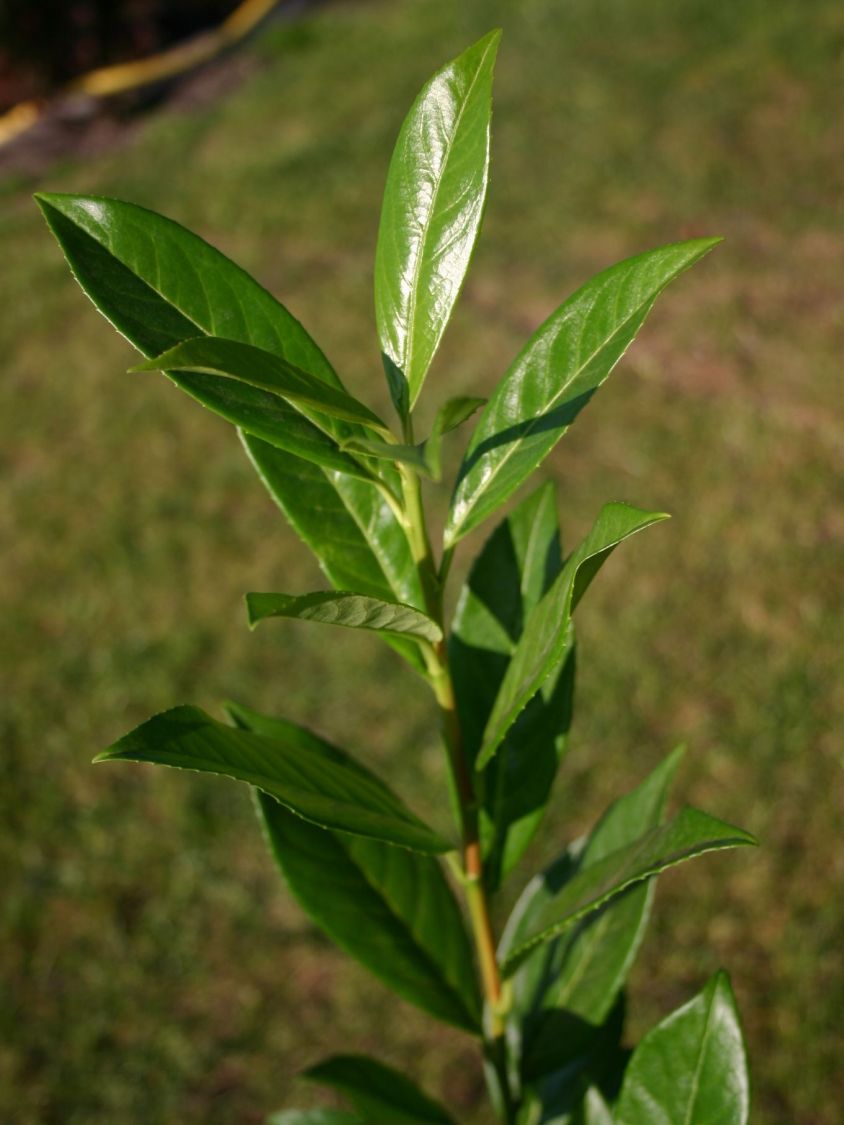
Kirschlorbeer / Lorbeerkirsche 'Caucasica' Prunus laurocerasus 'Caucasica' Baumschule Horstmann
P. laurocerasus is a vigorous, large, spreading evergreen shrub with handsome, glossy dark green leaves to 15cm in length. Small white flowers in erect racemes to 12cm in length are followed by cherry-like glossy red fruits soon turning black Other common names common laurel laurel cherry see more Versailles laurel Synonyms Cerasus laurocerasus

Prunus laurocerasus 'Caucasica' TuinPlanten Oudsbergen
Prunus laurocerasus 'Caucasica' cherry laurel 'Caucasica' A vigorous, dense and bushy evergreen shrub, becoming tree-like to 8m tall. Its upright branches bear large, glossy leaves, and in spring it produces upright spikes packed with small white flowers; these are followed by clusters of shiny, dark red to black berries